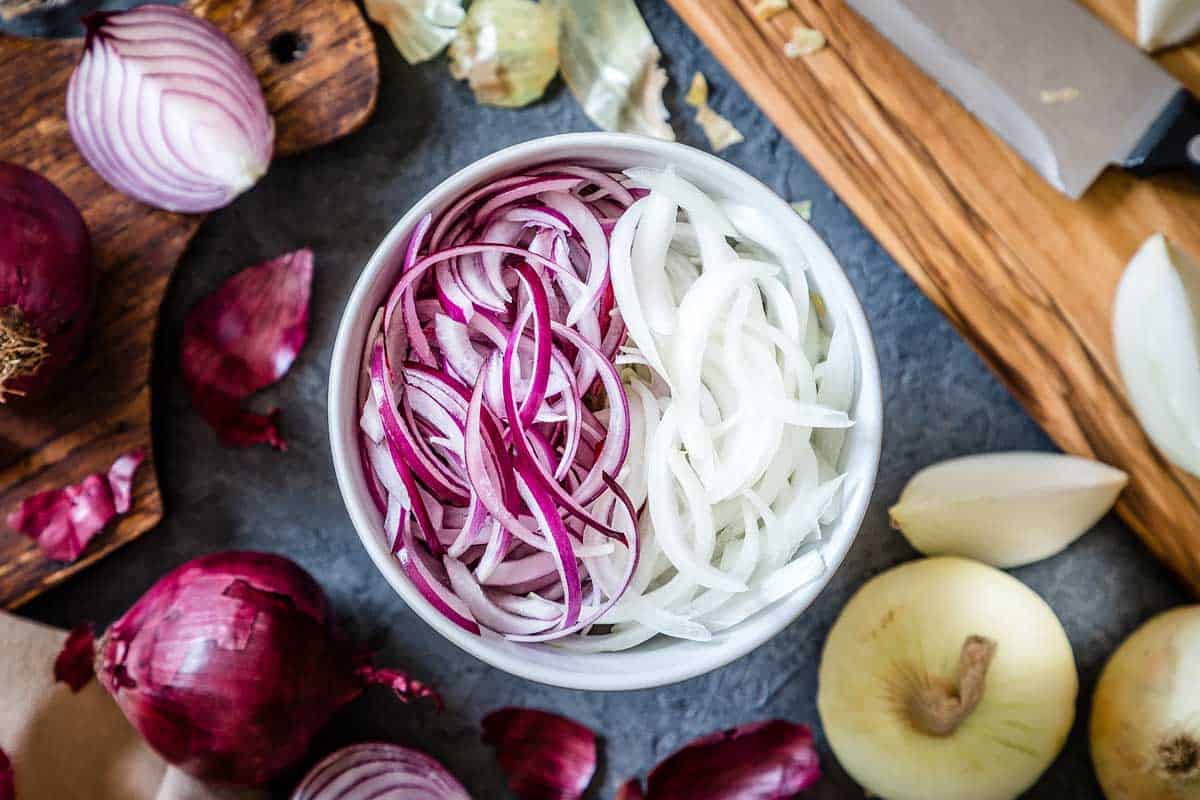

Articles
How To Store Cut Onions
Modified: August 16, 2024
Learn the best way to store cut onions and keep them fresh for longer with these helpful articles.
(Many of the links in this article redirect to a specific reviewed product. Your purchase of these products through affiliate links helps to generate commission for Storables.com, at no extra cost. Learn more)
Introduction
Onions are a staple ingredient in many recipes, adding flavor and depth to dishes. However, it’s not always possible to use a whole onion at once, especially if you’re cooking for one or have leftovers from a previous meal. This is where knowing how to properly store cut onions becomes essential. By storing them correctly, you can prolong their freshness and prevent them from spoiling.
When an onion is cut, its cells are exposed to air, causing a chemical reaction that leads to the release of a volatile compound called syn-propanethial-S-oxide. This compound is what makes us cry when we chop onions. Moreover, the exposure to oxygen can also shorten the onion’s shelf life, causing it to become slimy and develop a strong odor.
By implementing the right storage methods, you can mitigate these issues and ensure that your cut onions remain fresh and usable for an extended period. In this article, we will discuss the best ways to store cut onions, including refrigeration, freezing, and vacuum sealing, as well as provide some valuable tips to maximize their shelf life.
So, whether you want to save some leftover onions from tonight’s dinner or pre-cut onions for convenience, read on to learn how to store cut onions properly and make the most of this versatile ingredient.
Key Takeaways:
- Store cut onions in the refrigerator for short-term use (7-10 days), freeze for extended storage (up to 6 months), or vacuum seal for the longest shelf life (up to 12 months). Follow tips to maintain freshness.
- Choose the right storage method based on your needs and duration, and follow best practices to ensure cut onions remain fresh, flavorful, and ready for use in various recipes.
Read more: How To Store Half Cut Onion
Why Store Cut Onions
There are several reasons why you might want to store cut onions instead of using them all at once. Here are a few of the most common scenarios:
- Leftovers: If you’ve used only a portion of an onion for a recipe, you may want to store the leftover cut onion for later use. Instead of wasting the unused portion, you can save it for another meal.
- Meal preparation: Many busy individuals or families choose to prep their ingredients in advance to save time during the week. Pre-cutting onions can be a significant time-saver, especially when you have a hectic schedule.
- Portion control: If you enjoy cooking for one or have a small household, you may not need a whole onion for a single meal. By cutting and storing onions in smaller portions, you can avoid wasting unused portions.
- Cooking convenience: Some recipes call for onions that are diced or sliced. To simplify meal preparation and ensure consistency, you may choose to pre-cut onions and store them for easy use when cooking.
By storing cut onions properly, you can enjoy the benefits of convenience, time-saving, and waste reduction. However, it’s crucial to follow the right storage methods to maintain the quality and flavor of the onions.
Next, we will explore the best ways to store cut onions to ensure they stay fresh and flavorful for as long as possible.
The Best Way to Store Cut Onions
When it comes to storing cut onions, there are three primary methods that are most effective: refrigeration, freezing, and vacuum sealing. Let’s take a closer look at each of these methods:
- Refrigeration: The refrigerator is an ideal option for short-term storage of cut onions. After cutting an onion, wrap the remaining portion tightly in plastic wrap or place it in an airtight container. Make sure to remove as much air as possible to prevent moisture and odors from affecting the onion. Then, place the wrapped onion in the refrigerator’s vegetable compartment or a designated storage container. When properly stored, cut onions can last for up to 7-10 days in the refrigerator.
- Freezing: If you need to store cut onions for an extended period, freezing is the most effective method. Start by peeling and cutting the onion into desired sizes such as diced or sliced. Spread the cut pieces on a baking sheet lined with parchment paper and place it in the freezer for about an hour. Once the onions are partially frozen, transfer them into an airtight freezer-safe container or freezer bags. Label the container with the date and store it in the freezer. Frozen onions can maintain their quality for up to 6 months.
- Vacuum sealing: For those who want to prolong the shelf life of cut onions even further, vacuum sealing is an excellent option. Vacuum sealing removes all the air from the storage bag, preventing moisture and oxygen from reaching the onions. Start by cutting the onions, and then place them in a vacuum-sealable bag. Follow the manufacturer’s instructions to remove the air and seal the bag. Vacuum-sealed onions can last for up to 12 months in the freezer.
Choosing the right storage method depends on your specific needs and the duration you wish to store the cut onions. If you plan to use them within a week, refrigeration should suffice. If you want to store them for a longer period, freezing or vacuum sealing is recommended. Remember to label the storage container or bag with the date to keep track of freshness.
Now that you know the best ways to store cut onions, let’s explore some additional tips to maximize their shelf life and quality.
Method 1: Refrigeration
Refrigeration is a popular and convenient method for storing cut onions, especially if you plan to use them within a week. Here’s how to properly store cut onions in the refrigerator:
- Prepare the onions: Start by cutting the onion as desired, whether it’s diced, sliced, or chopped. Remember to remove the outer layers and any damaged or discolored parts before cutting.
- Wrap tightly: After cutting the onion, take the remaining portion and wrap it tightly in plastic wrap or place it in an airtight container. Wrapping it tightly is important to prevent air and moisture from reaching the onion, which can lead to spoilage and a strong odor. If using plastic wrap, make sure to press it against the cut surfaces of the onion to create a seal.
- Remove excess air: If using an airtight container, press the lid firmly to remove any excess air. Alternatively, you can use a resealable plastic bag, squeezing out as much air as possible before sealing it.
- Store properly: Place the wrapped or sealed onion in the vegetable compartment of the refrigerator or use a designated storage container. The cool temperature of the refrigerator slows down the growth of bacteria and enzymes, keeping the onion fresh for a longer time.
- Use within 7-10 days: Cut onions stored in the refrigerator can maintain their quality for up to 7-10 days. After this time, they may start to lose their flavor and texture, so it’s best to use them sooner rather than later.
When retrieving the stored cut onions from the refrigerator, check for any signs of spoilage, such as a slimy texture or a strong odor. If you notice any of these signs, discard the onion as it may no longer be safe to consume.
Refrigeration provides a convenient and accessible option for storing cut onions in the short term. However, if you need to store them for longer periods, consider using the freezing or vacuum sealing methods, which we will discuss next.
Store cut onions in an airtight container in the refrigerator to keep them fresh and prevent their strong odor from affecting other foods.
Method 2: Freezing
If you need to store cut onions for an extended period, freezing is a reliable method that helps preserve their flavor and texture. Freezing cut onions is a simple process that involves a few steps:
- Prepare the onions: Start by peeling the onions and cutting them into your desired shape, such as diced, sliced, or chopped. Remove any outer layers and discard any damaged or discolored parts.
- Spread on a baking sheet: Line a baking sheet with parchment paper and spread the cut onions in a single layer. Try to avoid clumping the onions together as this can lead to them freezing in large chunks.
- Partial freezing: Place the baking sheet with the cut onions in the freezer for about an hour or until the onions are partially frozen. This process prevents the onions from sticking together when stored in a container or freezer bag.
- Transfer to a freezer-safe container: Once the onions are partially frozen, transfer them into an airtight freezer-safe container or sealable freezer bags. Label the container with the date to keep track of freshness.
- Remove excess air: If using freezer bags, squeeze out as much air as possible before sealing to minimize the risk of freezer burn and maintain the onion’s quality.
- Store in the freezer: Place the sealed container or freezer bags in the freezer, making sure to keep them in a designated area where they won’t get crushed or punctured.
- Maximize freshness: Frozen onions can maintain their quality for up to 6 months. However, to ensure the best flavor, it’s recommended to use them within the first 2-3 months of freezing.
When you’re ready to use the frozen onions, simply remove the desired amount from the container or bag and return the rest to the freezer. There’s no need to thaw frozen onions before cooking. You can directly incorporate them into your recipes while still frozen.
Freezing is an excellent option if you have an abundance of cut onions or want to extend their shelf life beyond a week. However, if you’re looking for an even longer-term storage solution, vacuum sealing may be the ideal method. Let’s explore vacuum sealing next.
Read more: How To Store Cut Peppers And Onions
Method 3: Vacuum Sealing
Vacuum sealing is a method that provides the longest shelf life for storing cut onions while preserving their freshness and flavor. By removing all the air from the storage bag, you can prevent moisture and oxygen from reaching the onions, which helps to maintain their quality. Here’s how to vacuum seal cut onions:
- Prepare the onions: Start by peeling and cutting the onions to your desired size, such as diced or sliced. Remove any outer layers and discard any damaged or discolored parts.
- Choose a vacuum-sealable bag: Use a vacuum-sealable bag specifically designed for use with vacuum sealing machines. These bags are made to withstand the sealing process and maintain a tight seal.
- Place the onions in the bag: Transfer the cut onions into the vacuum-sealable bag, ensuring they are in a single layer and not clumped together. It’s essential to distribute the onions evenly for efficient sealing.
- Vacuum seal the bag: Follow the manufacturer’s instructions for your vacuum sealing machine to remove the air from the bag and create a tight seal. The vacuum sealing process will remove any remaining air, allowing the onions to stay fresh for an extended period.
- Label and store: Label the sealed bag with the date to keep track of freshness. Place the vacuum-sealed onions in the freezer where they won’t get crushed or damaged.
- Long shelf life: When properly vacuum sealed and stored in the freezer, onions can maintain their quality for up to 12 months, ensuring that you have a steady supply of fresh onions whenever you need them.
When you want to use the vacuum-sealed onions, remove the desired amount from the bag and reseal the remaining onions before returning them to the freezer. The vacuum-sealed bags can be resealed multiple times, allowing you to use the onions gradually without compromising their freshness.
Vacuum sealing provides an excellent long-term storage solution for cut onions. With extended shelf life and preserved quality, vacuum-sealed onions are a convenient option for those who want to stock up on this versatile ingredient.
Now that we’ve covered the methods for storing cut onions, let’s explore some additional tips to help you maximize their freshness and quality.
Tips for Storing Cut Onions
To ensure that your cut onions stay fresh and flavorful for as long as possible, consider following these tips:
- Choose fresh onions: Start with fresh onions when you plan to store them after cutting. Look for onions that feel firm and have dry and papery skins.
- Handle with care: When handling cut onions, try to minimize bruising or damage to the onion’s flesh. This can help prolong their shelf life and prevent spoilage.
- Store in the right containers: Use airtight containers, such as plastic wrap or airtight containers, to reduce exposure to air and moisture, which can cause onions to spoil quickly.
- Keep away from strong odors: Onions have a strong aroma that can transfer to other foods. Keep them stored separately from other foods in the refrigerator or freezer to prevent flavor contamination.
- Label and date: Label your storage containers or bags with the date to keep track of freshness. This will help you identify how long the onions have been stored and when it’s time to use or discard them.
- Avoid overfilling containers: When storing cut onions in containers, leave some space at the top to allow for air circulation. Overcrowding the container can lead to moisture buildup and the onions spoiling more quickly.
- Use separate containers for different onion varieties: If you have different varieties of onions, such as yellow, red, or white, store them in separate containers. This prevents cross-contamination of flavors and helps maintain their individual characteristics.
- Thaw frozen onions before using raw: If you plan to use frozen onions in raw recipes, such as salads or sandwiches, allow them to thaw in the refrigerator before use. This will help them regain some crispness and prevent them from being too watery.
- Use frozen onions directly in cooked dishes: For cooked dishes like soups, stews, or stir-fries, frozen onions can be used directly from the freezer. The cooking process will thaw and soften them while still imparting their flavor.
- Discard if signs of spoilage appear: If you notice any signs of spoilage, such as a slimy texture, foul odor, or mold, discard the cut onions. It’s always better to err on the side of caution and ensure your safety.
By following these tips, you can prolong the freshness and quality of your cut onions, ensuring that you have a supply of this versatile ingredient whenever you need it.
Now that you’re equipped with the knowledge of storing cut onions properly, you can avoid waste and maximize the use of this essential ingredient in your culinary adventures.
Conclusion
Knowing how to store cut onions properly is essential for anyone who wants to maximize their shelf life and avoid waste. Whether you have leftovers from a previous meal or want to pre-cut onions for convenience, following the right storage methods will help keep your onions fresh and flavorful.
We discussed three main methods for storing cut onions: refrigeration, freezing, and vacuum sealing. Refrigeration is suitable for short-term storage of up to 7-10 days. Freezing is an excellent option if you want to store cut onions for an extended period, lasting up to 6 months. For even longer storage, vacuum sealing can preserve the onions’ freshness for up to 12 months.
Additionally, we provided some valuable tips to help you maximize the storage life of cut onions. By choosing fresh onions, handling them with care, using the right containers, and storing them away from strong odors, you can optimize their shelf life and maintain their quality.
Remember to label your storage containers or bags with the date to track freshness, and discard any onions that show signs of spoilage or have an unpleasant odor.
By implementing these methods and tips, you can ensure that your cut onions are always ready for use, whether it’s in a savory stew, a refreshing salad, or a flavorful stir-fry.
So, next time you find yourself with leftover cut onions or want to pre-cut onions for future meals, put your knowledge of proper storage into action. Enjoy the convenience, save time, and make the most of this versatile ingredient without worrying about waste or loss of flavor.
Happy cooking and enjoy your fresh, stored cut onions!
Now that you've mastered storing cut onions, why not broaden your skills with other perishables? Our next piece offers expert advice on maintaining freshness across a variety of items. If keeping food fresh is your aim, you'll definitely want to check out our guide on the best options for food storage. This resource is packed with insights to ensure everything from grains to greens stays deliciously preserved. Don't miss out; fresh insights await!
Frequently Asked Questions about How To Store Cut Onions
Was this page helpful?
At Storables.com, we guarantee accurate and reliable information. Our content, validated by Expert Board Contributors, is crafted following stringent Editorial Policies. We're committed to providing you with well-researched, expert-backed insights for all your informational needs.
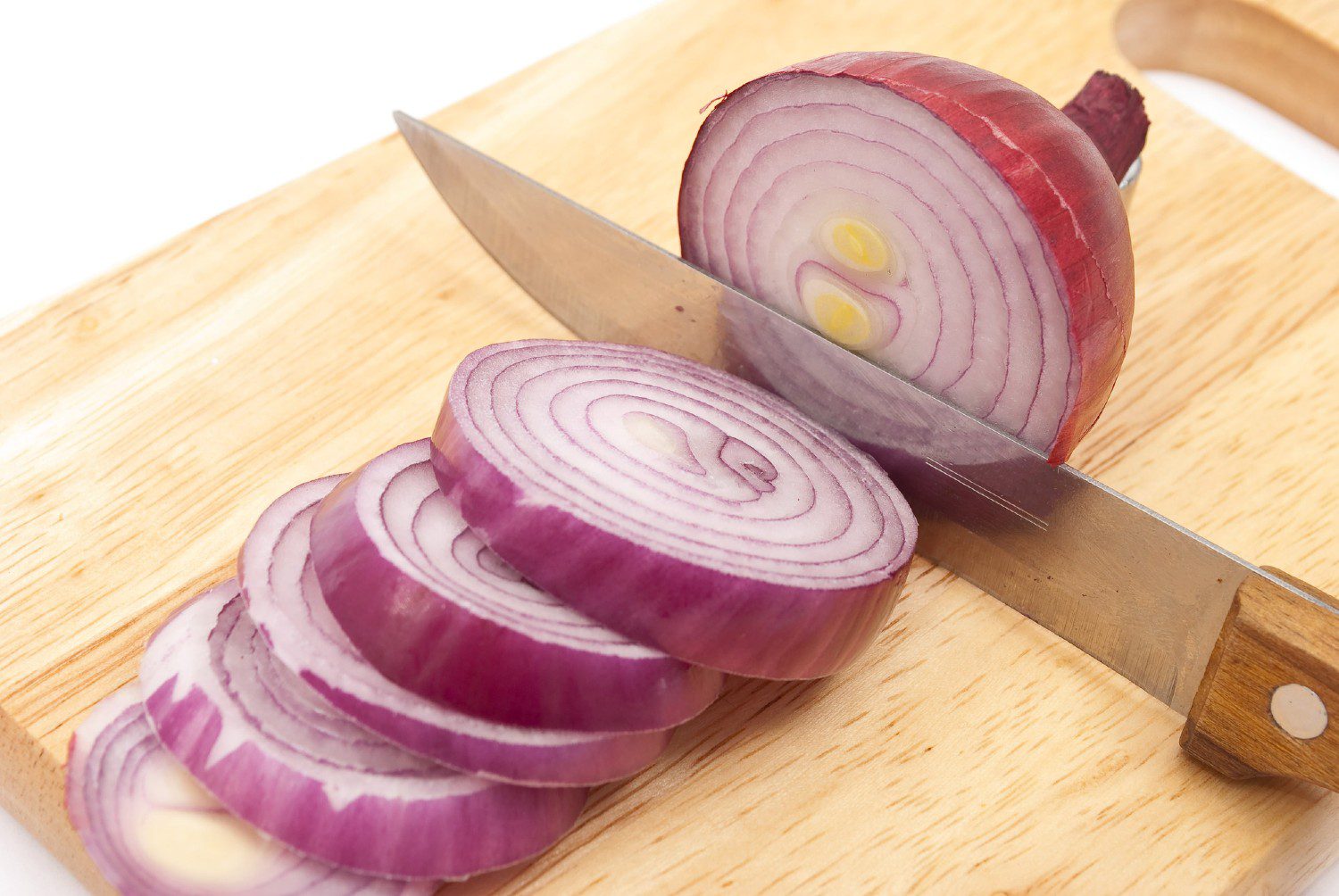
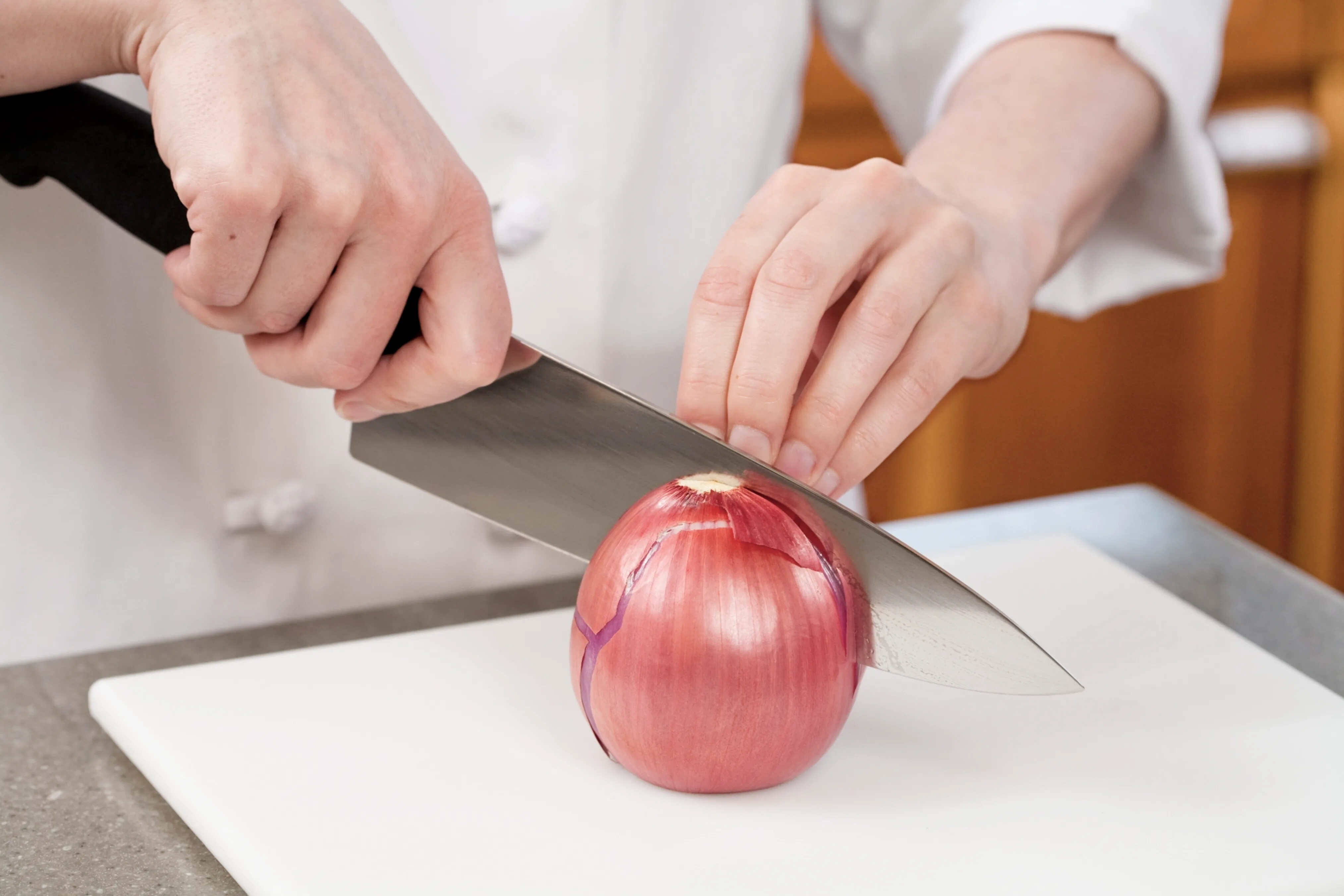
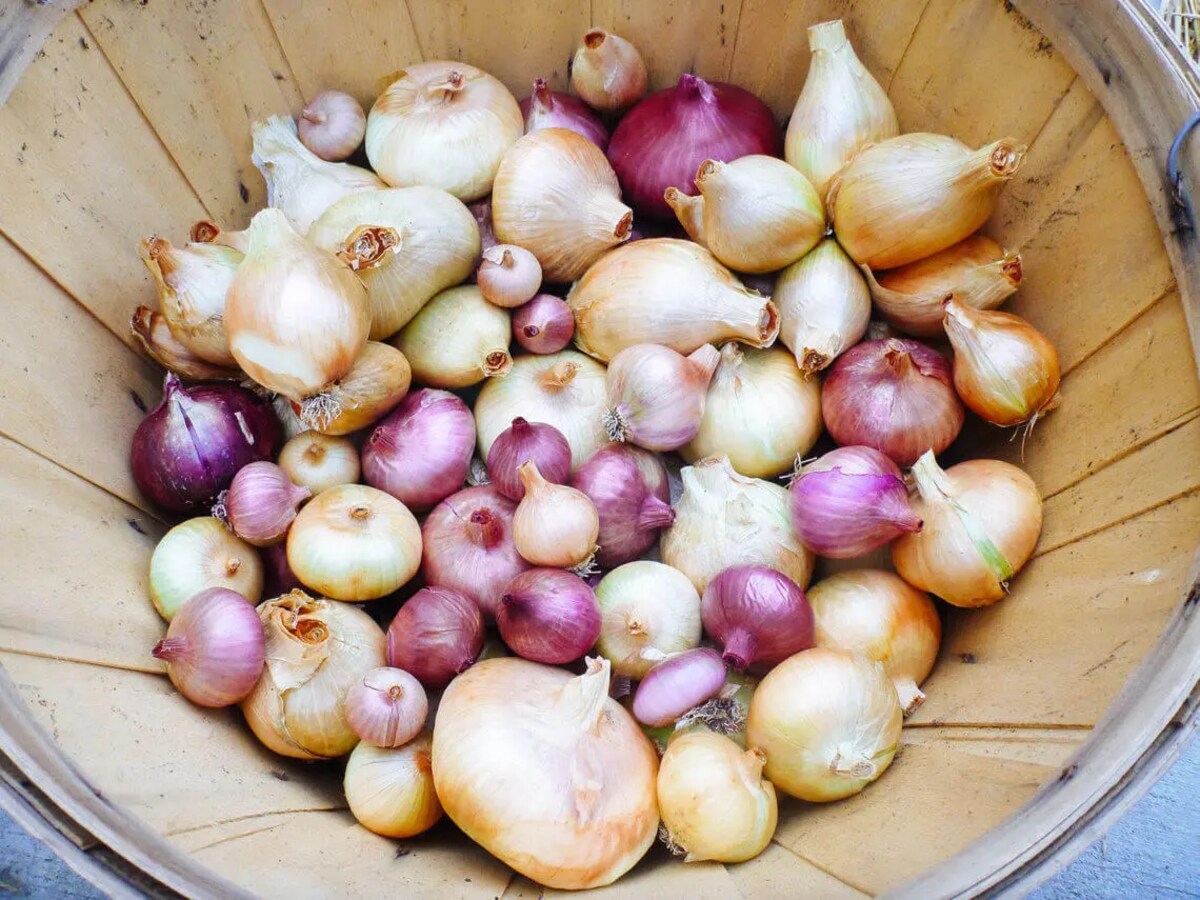
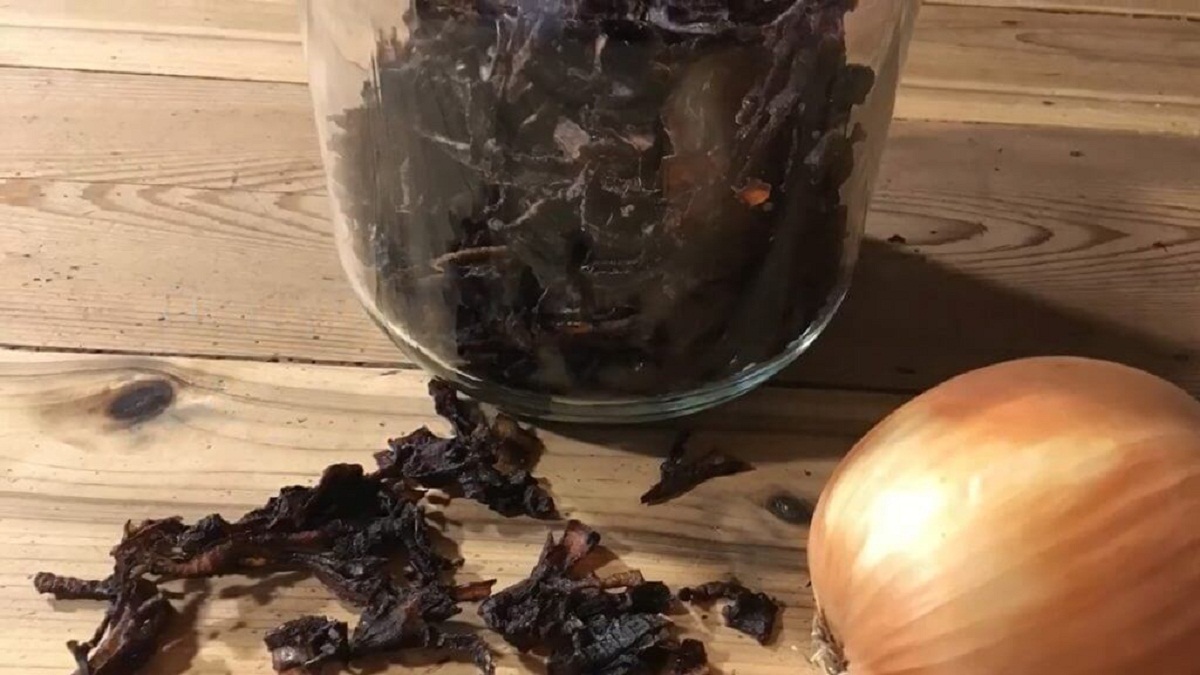
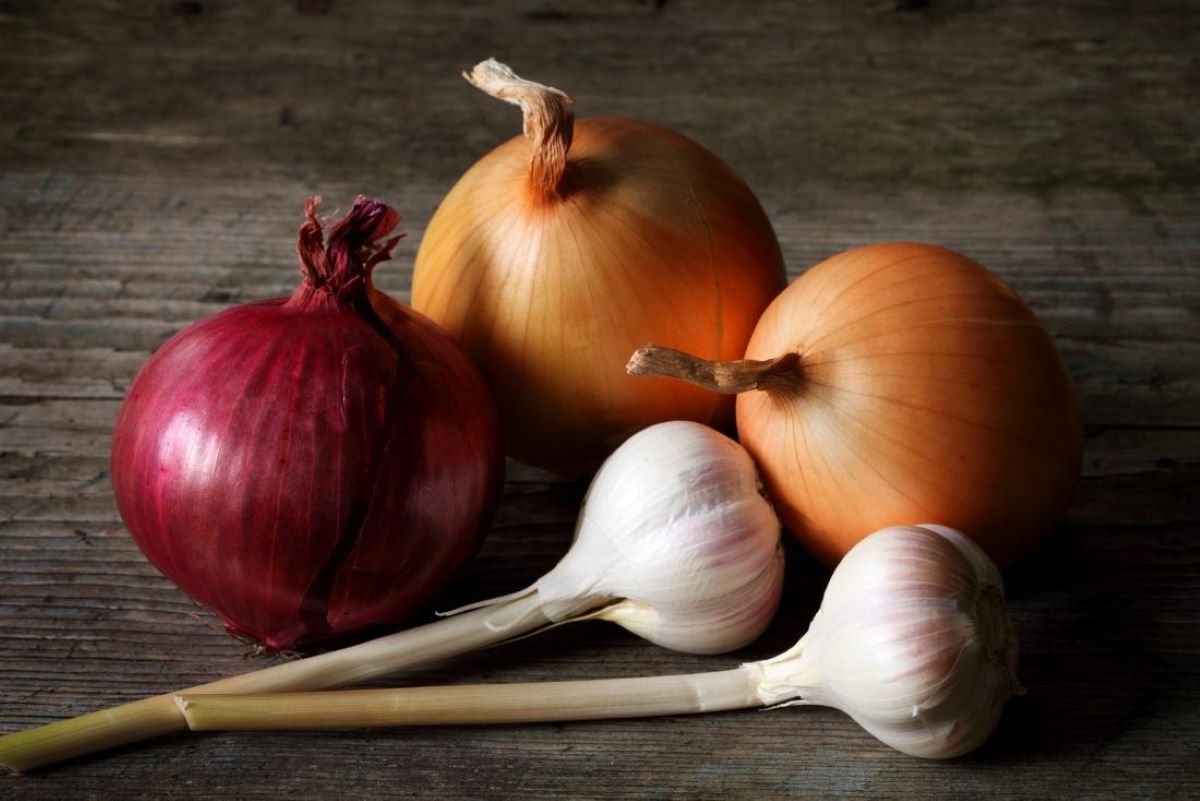
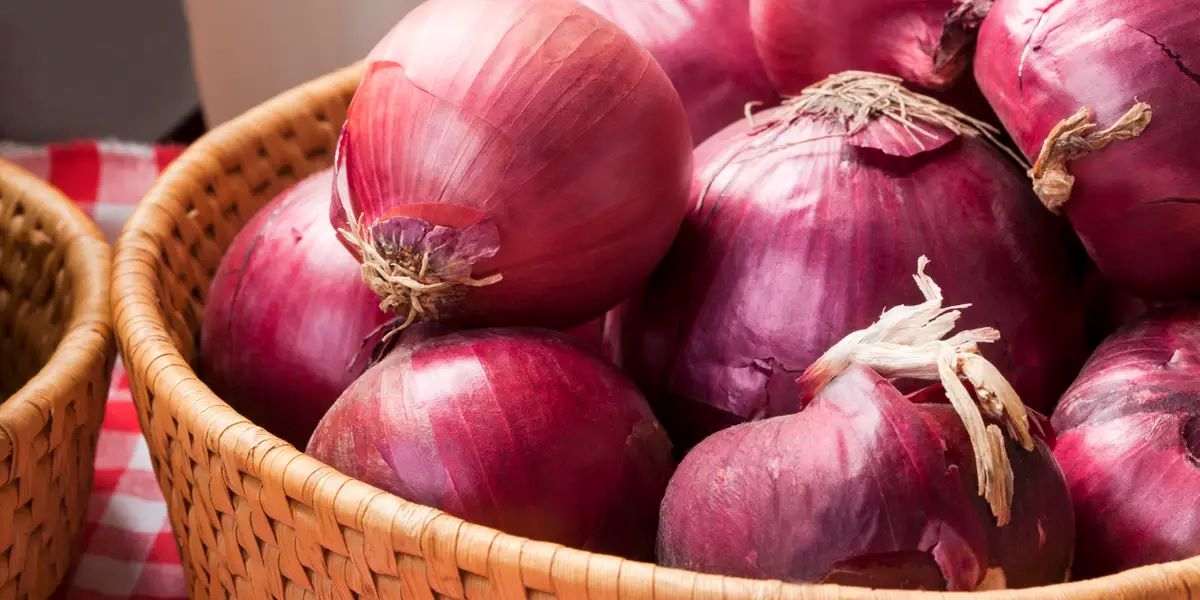
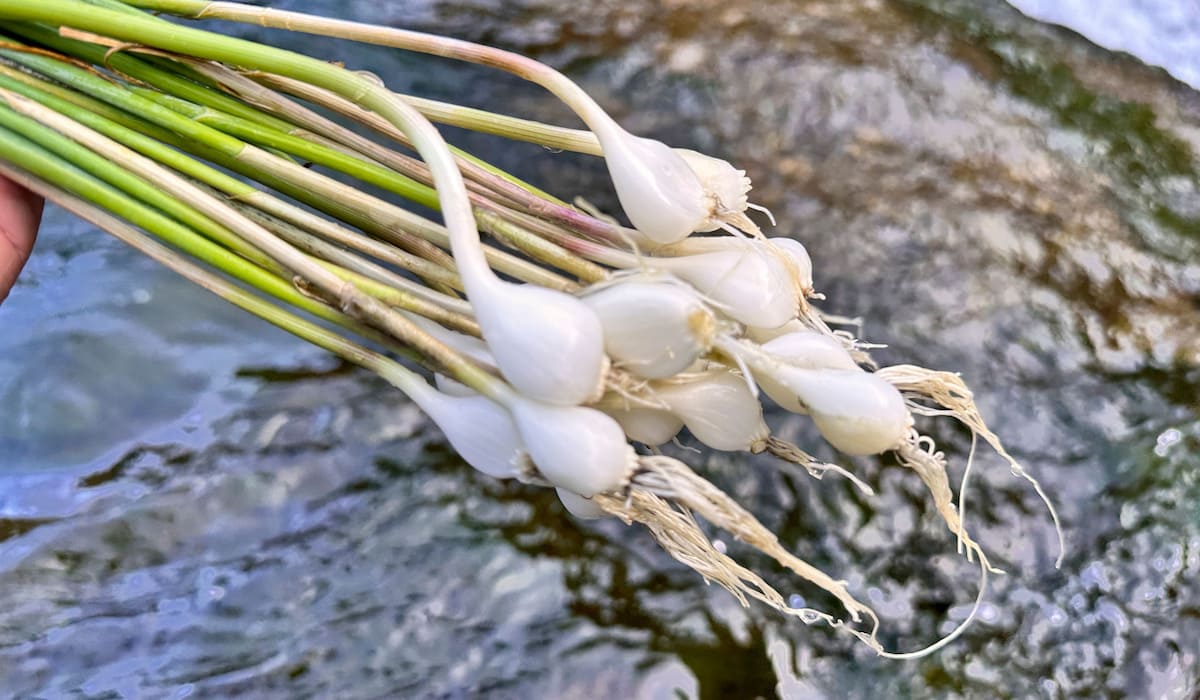
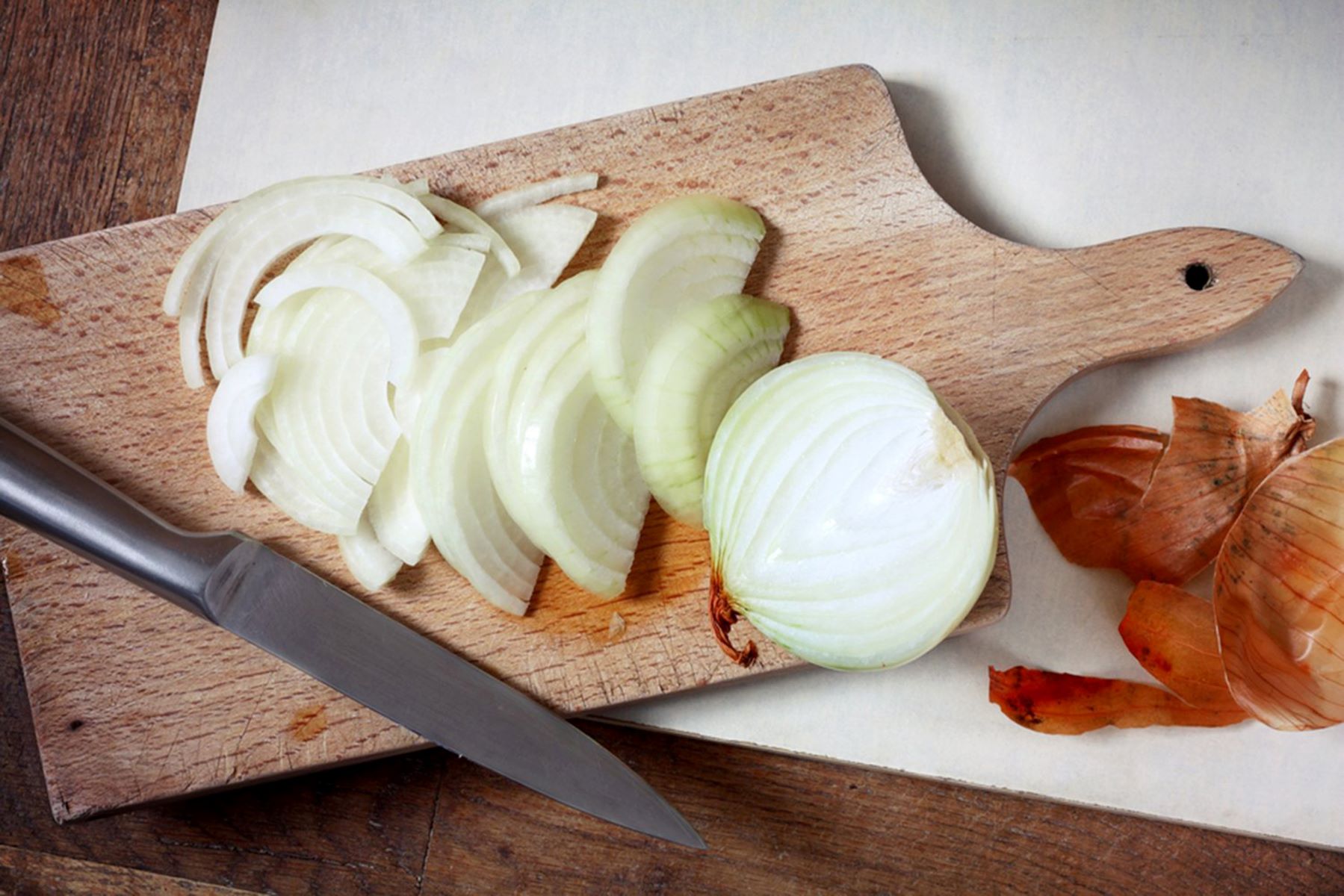
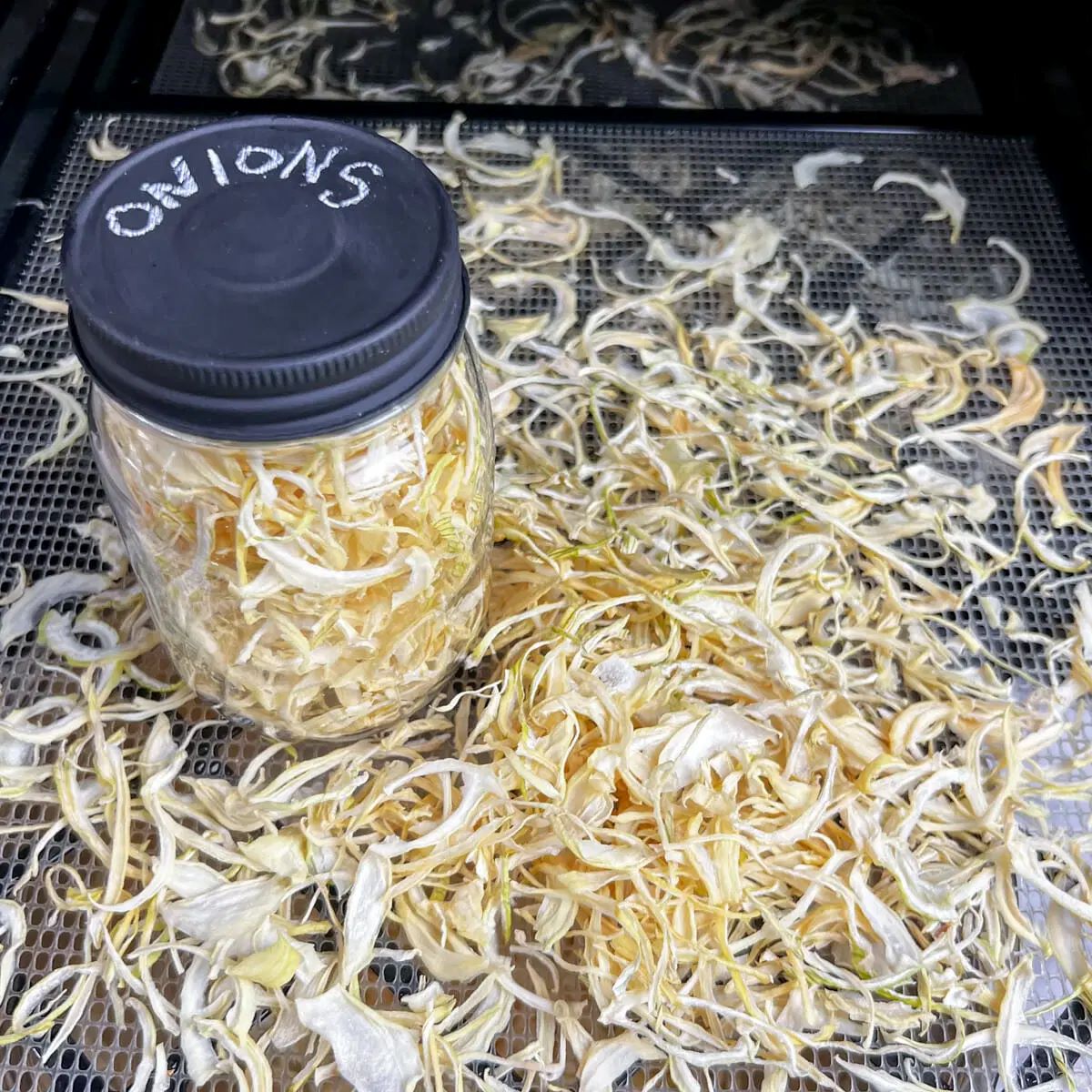

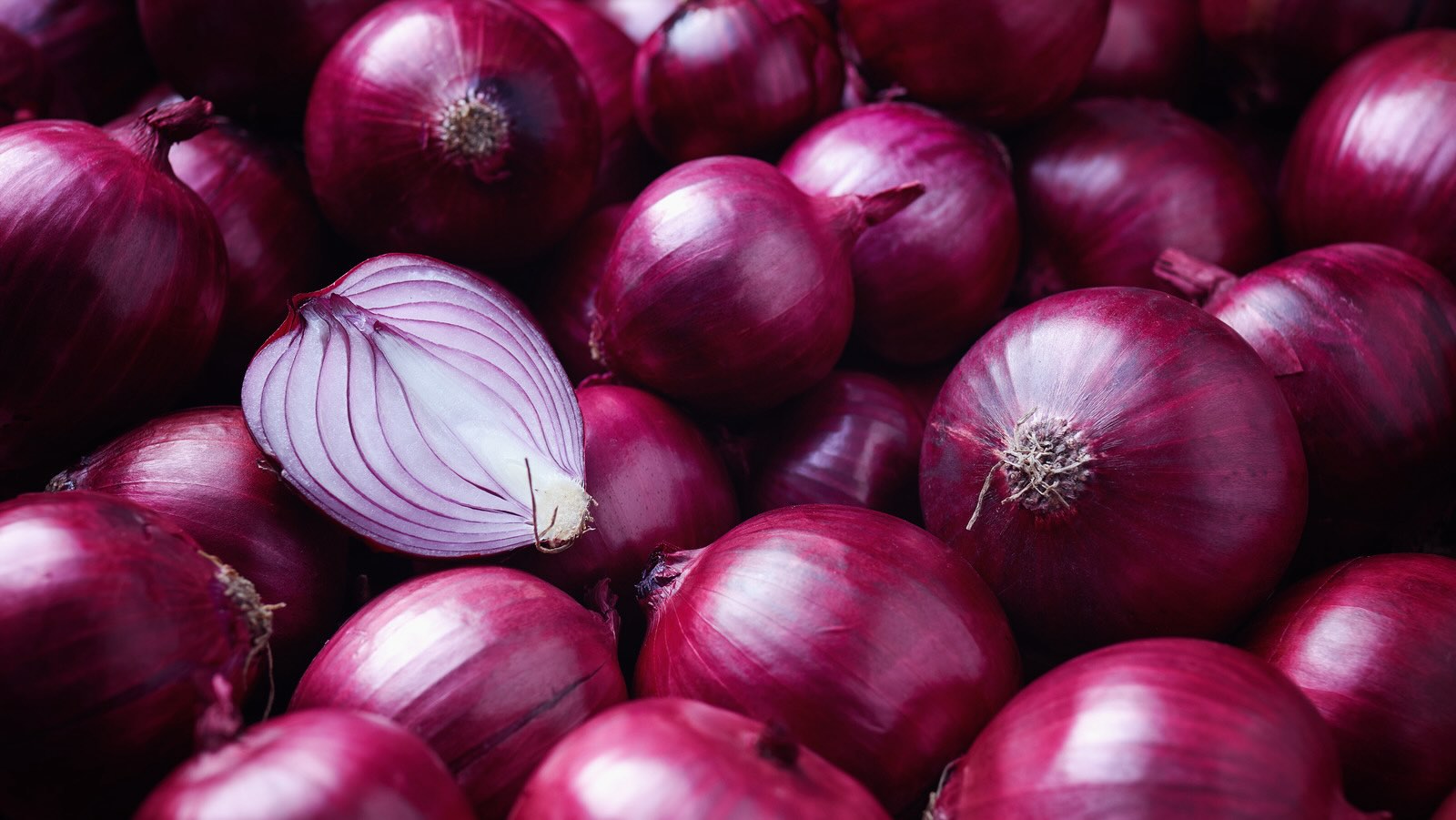
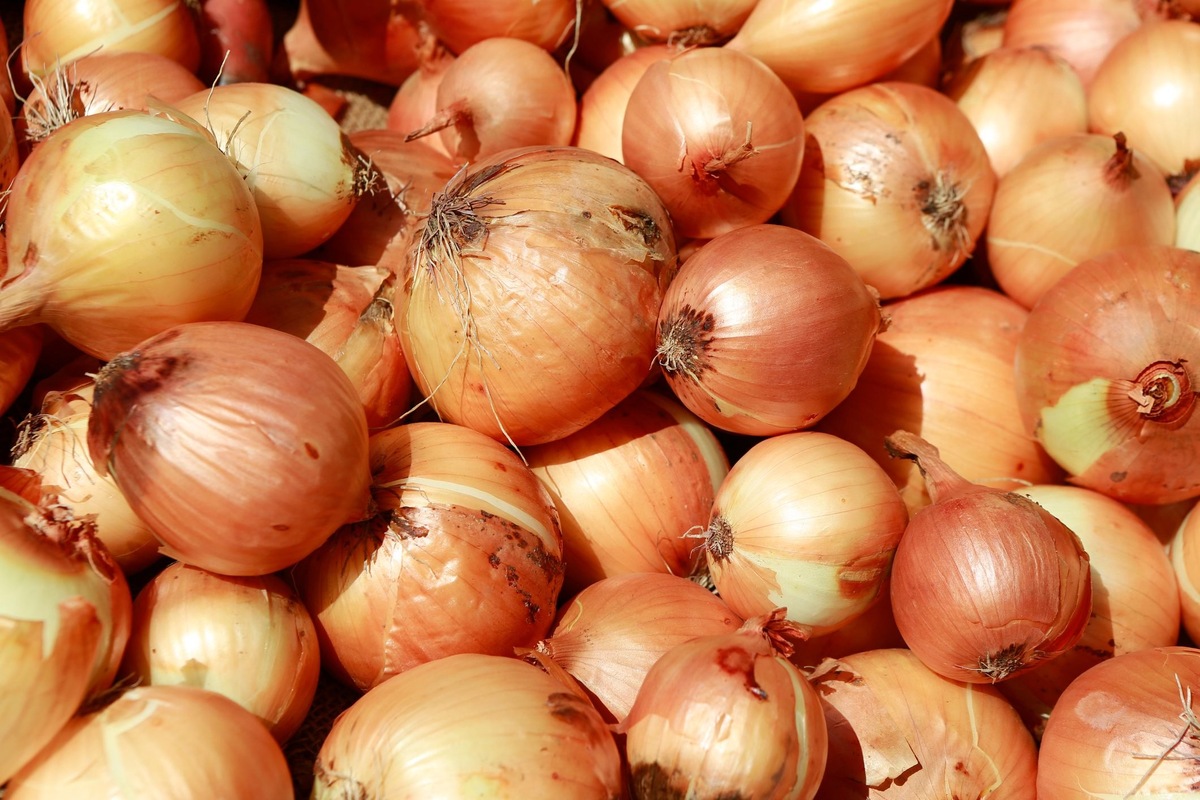
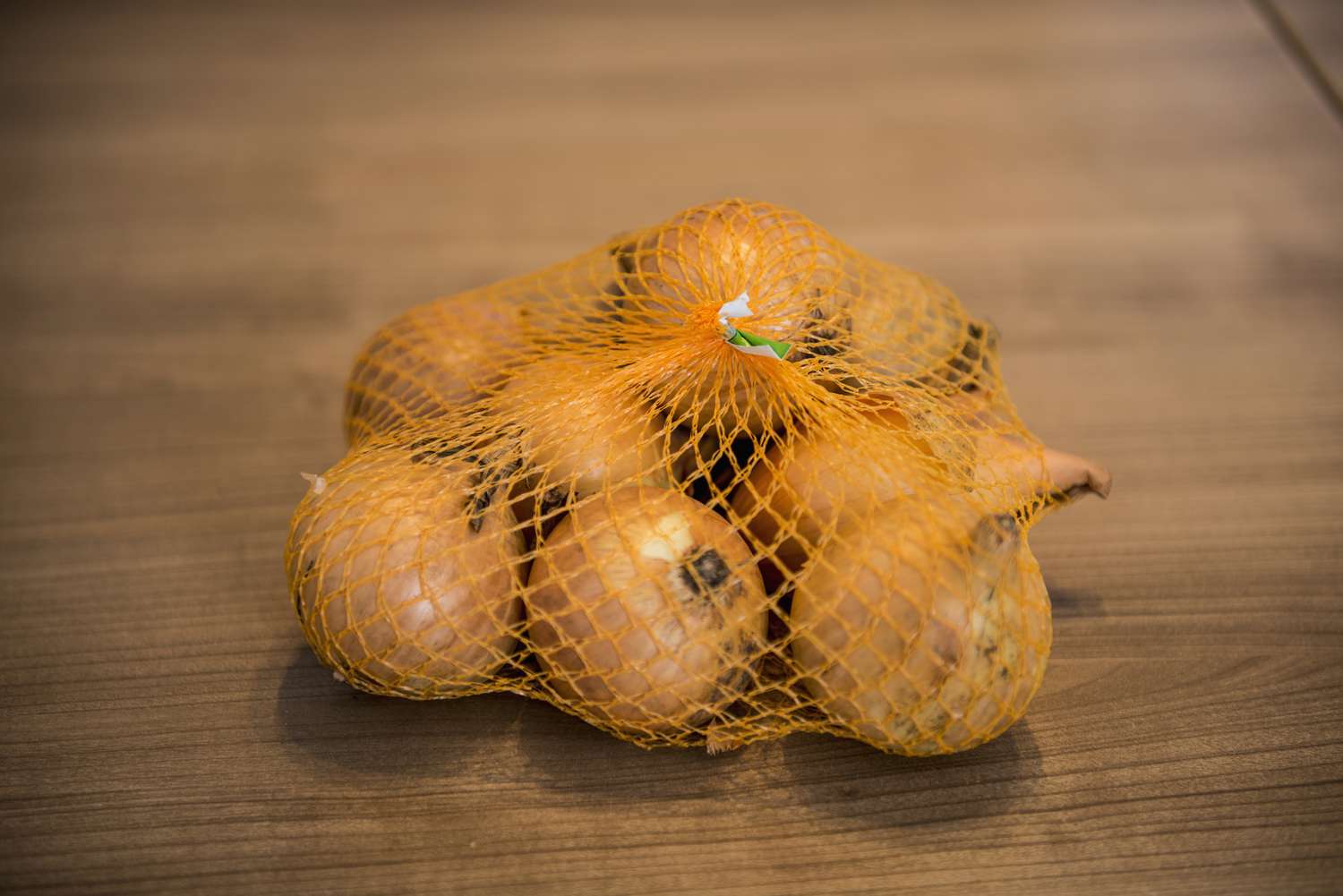
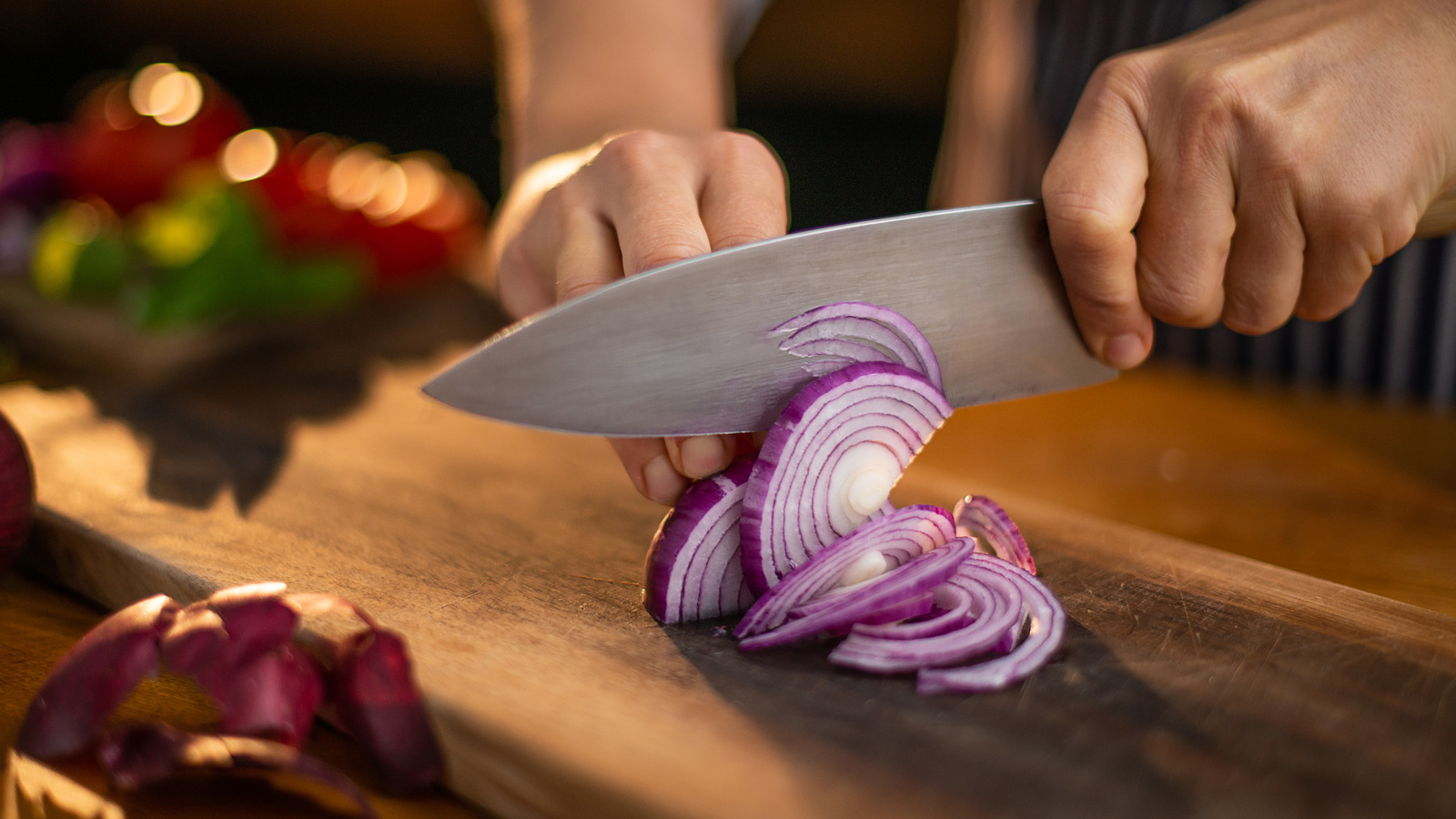

0 thoughts on “How To Store Cut Onions”